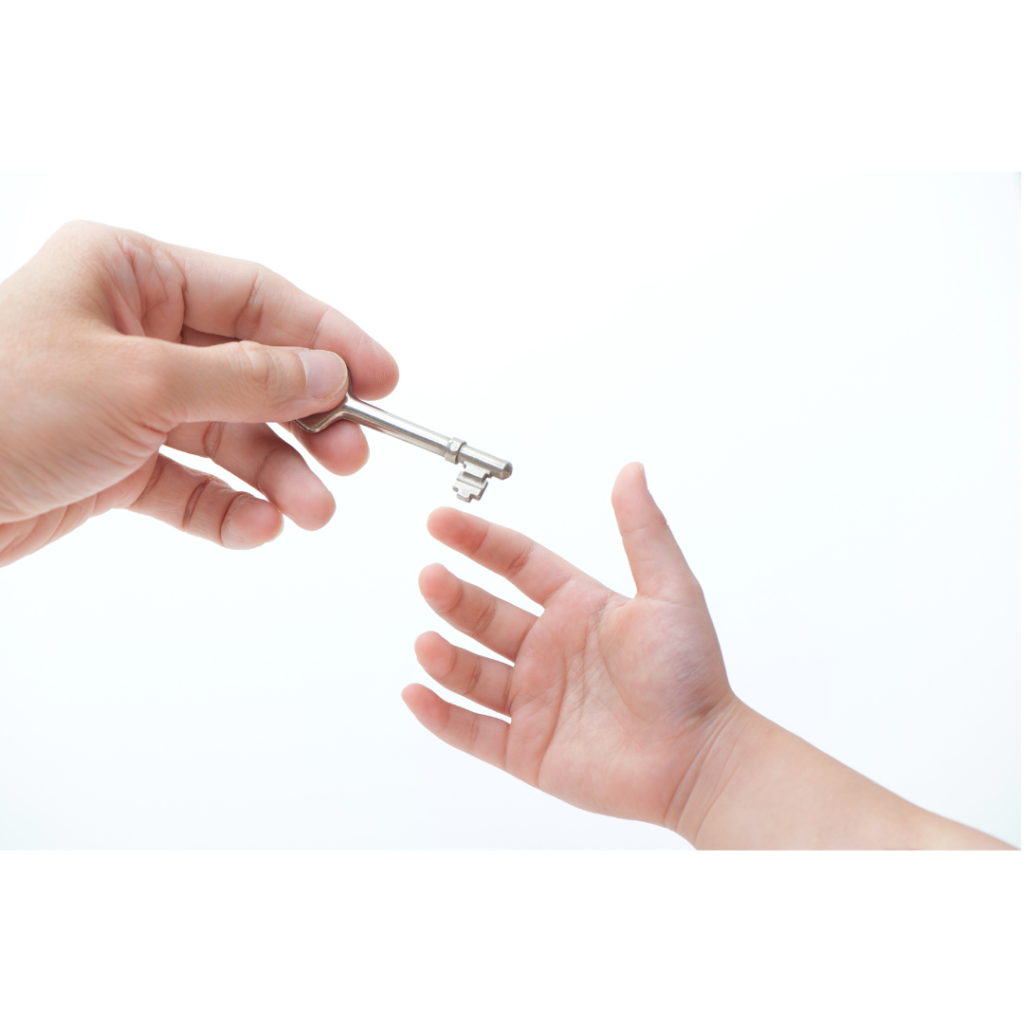When someone close to us passes away, it starts an avalanche of decisions and tasks that need our attention. A lot of these decisions need to occur right away, at a time when every choice feels emotionally charged and especially mentally taxing. Some of these tasks are highly personal, like funeral arrangements, or the disbursement of treasured family heirlooms.
Even the more straightforward tasks can feel like too much at a time when our world is dramatically changing. If you were listed as a beneficiary on a retirement account, the process towards claiming that account should be fairly simple. Filling out some forms and gathering the proper documentation should be black and white, but we know that even the black and white can seem relatively gray when we are dealing with loss.
That is one reason to start to learn more about the nuances of inherited IRAs (also known as Beneficiary IRAs) ahead of time. Understanding the logistics of how things like taxation and required minimum distributions (RMDs) work, can allow us to focus our capacity on what really matters during times of grieving.
Inheriting a Retirement Account After Death
Depending on how you are related to the original account owner, you may have a few options concerning how you can claim the retirement account. The most common differences we see depend on whether or not you are the surviving spouse.
A surviving spouse has the opportunity to claim the retirement account as their own, in what is known as a spousal claim. If this option is chosen, the account is simply moved over to the spouse’s name and treated for all intents and purposes as if it had been in the surviving spouse’s name for the entire time.
In most cases when a person passes away and has named their spouse as the beneficiary, doing a spousal claim is the simplest and easiest option. However, there are some cases where it does not make sense, namely is the surviving spouse is under age 59.5 and need access to the funds in the account, in which case they would be subject to a premature withdrawal penalty of 10%.
If that is the case, or if you are not married to the decedent, then you would claim the account as an Inherited IRA. When you use this option, you have the ability to withdraw money, regardless of your age, but you also open yourself up to additional rules regarding the time frame that the account can be open, and subject the account to required minimum distributions.
Taxation of Inherited Assets
Most people assume one of two ideas regarding how we are taxed on inherited assets. Some assume that they will be required to pay income tax on everything. Others assume they will be taxed on nothing. The truth is actually a big whopping “it depends”.
The taxable status of inherited assets completely depends on what type of account or asset the original account owner held. Some assets get what is called a step-up in basis to the date of death of the original owner, and others retain whatever tax status under which they were originally registered.
The latter is the case for beneficiary IRAs and Roth IRAs. The original owner was able to take advantage of certain tax treatment over the course of their lifetime, and the beneficiary will continue to operate under a lot of the same rules.
If they had been contributing to a traditional IRA, they received an immediate tax deduction at the time of the contribution, and all market gains were tax-deferred. Because of that, anything withdrawals made from the account would be 100% taxable.
Conversely, if the original account had been a Roth IRA, the account owner did not receive any immediate tax deductions. Money they contributed would have been in after-tax dollars. After that point though, all gains due to investment returns would be completely tax free, resulting in all withdrawals from a Roth IRA after age 59.5 being completely and totally tax free as well.
The same logic is applied to the taxation of withdrawals from a beneficiary IRA or Roth IRA, once the original owner has passed away and the beneficiary has taken ownership of the account. If it began as a traditional IRA, it remains a traditional beneficiary IRA, and distributions are taxed at an ordinary income tax level. If it began as a Roth IRA, it remains a Roth beneficiary IRA, and distributions are completely tax free.
Required Minimum Distributions (RMDs)
Back in 2019, Congress passed the SECURE Act, which effected multiple areas in retirement planning for the better. Having said that, the SECURE Act also brought several facets of complexity for required minimum distributions in inherited retirement accounts. That complexity was only compounded in 2022, when the IRS released their interpretation of the law, which widely differed from what had been the consensus in the financial planning community for the previous two years.
All these differences surround this idea of RMDs. As detailed before, when a beneficiary inherits a retirement account and does not use a spousal IRA claim, they have the ability to withdraw the entire account without penalty, regardless of whether or not the beneficiary has passed age 59.5.
But what if you want to do the opposite? What if you want to leave the funds invested, and continue to let the account grow to help you reach more long-term financial goals? Pre-2019, you could do so for the rest of your lifetime. You could continue to enjoy the tax benefits of leaving the funds inside of the Beneficiary IRA or Roth IRA. The only requirement was to take out a certain amount per year, the RMD, calculated by using a divisor table provided by the IRS based on the age that you reached in the year you inherited the IRA, and the previous year-end value.
The SECURE Act partially eliminated this capability, which was known as a Stretch IRA. Now, for all beneficiary retirement accounts owned by an individual whose original owner passed away in 2020 and later, the entire beneficiary account must be withdrawn by the end of the 10th year after the death of the original owner, with certain exceptions.
The nuance comes in how to handle the account for those 10 years. We know that the account balance must be $0 by the end of that decade, but will RMDs ALSO be required during those 10 years? The 2022 IRS proposed interpretation of the SECURE act says yes. Now the financial planning community is waiting to hear if this proposal will be adopted, and if so, how those RMDs will be calculated.
Because so much time had passed between the passage of the SECURE Act and the IRS publishing their interpretation of it, and perhaps in a nod to the ambiguity that we have been operating under for the last few years in this area, the IRS recently announced that they will waive the penalty for a beneficiary not taking out the RMD from their inherited accounts for 2021 and 2022, and because of the COVID-19 pandemic, RMD’s were waived across the board in 2020. That penalty is normally a steep 50% of the portion of the RMD that was not taken.
Having said all that, we expect to continue to receive more clarification from the IRS surrounding this topic.
Ask for Help with Inherited IRAs
As always, we know that every situation is unique, and the factors that are evaluated when making decisions are deeply personal to each individual. Please reach out to your financial planner and tax professional when weighing your options.



